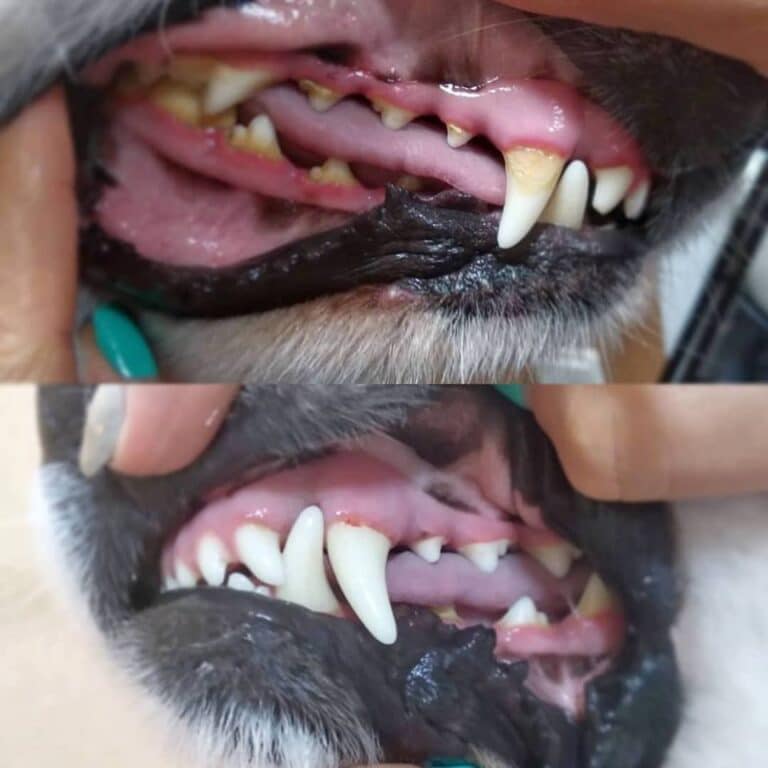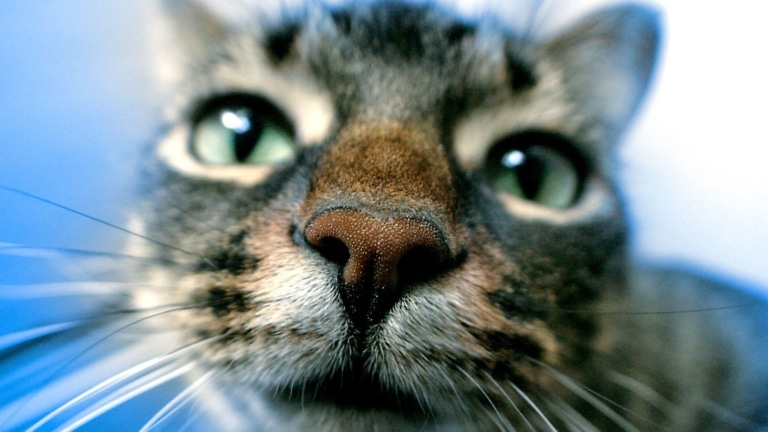Significance of Dental Calculus in Dogs
What is dental calculus and how does it form?
Dental calculus in dogs is a mineralized plaque that forms on the tooth surface as a result of the accumulation of dental biofilm and saliva minerals. This process can begin due to inadequate tooth cleaning, improper diet, and genetic predisposition.
Why is dental calculus a problem for dogs?
Dental calculus can lead to gum inflammation (gingivitis), which can lead to more serious diseases like periodontitis. There’s also a risk of abscesses, infections, and other complications. The presence of dental calculus can affect the overall health of the dog, causing issues with organs like the heart, liver, and kidneys.
Statistics on the prevalence of dental calculus in pets
Most dogs aged three and older show some signs of periodontal diseases, including the accumulation of dental calculus. Regular medical check-ups and preventive oral care are key to avoiding serious health issues in your pet.
Ultrasonic Removal Process: How Does It Work?
Principle of ultrasonic equipment operation
Ultrasonic removal of dental calculus is based on the use of ultrasonic vibrations, which break and remove the mineralized plaque from the tooth surface. The ultrasonic tip interacts with the calculus, breaking it down into smaller particles, which are then easily removed.
Advantages of the ultrasonic method over traditional removal methods
More effective removal: Ultrasound can reach hard-to-access places where traditional tools might be less effective.
Less stress for the animal: The procedure is often faster and less uncomfortable for the dog compared to manual methods.
Reduced risk of damage: Ultrasonic tips are less likely to damage the dog’s gums or teeth compared to manual tools.
Preparing Your Dog for the Procedure and What to Expect During the Removal
Preparation: It’s recommended to consult with a veterinarian regarding any contraindications or specific needs of your dog before the procedure.
Process: The dog is placed on a table or in a specialized chamber, depending on its size and comfort. The veterinarian or dentist applies the ultrasonic device to the dog’s teeth, removing plaque and calculus.
Post-procedure period: There might be minor gum irritations, but they usually subside quickly.
Why is ultrasonic teeth cleaning not recommended for certain dogs?
We do not perform ultrasonic teeth cleaning on brachycephalic breeds (e.g., pug, bulldog, Pekingese). Due to the peculiarities of their skull structure, certain risks can arise during procedures. Their narrow respiratory system can lead to shortness of breath. The short snout complicates the intubation process. There’s also an elevated risk of aspiration, where they might inhale liquid or other particles during the procedure. Hence, ultrasonic teeth cleaning can be risky for this group of dogs.
Aftercare and Preventing Recurrence of Dental Calculus
Post-procedure oral care recommendations from our groomers
After the dental calculus removal at our salons, we recommend observing your pet’s reaction: there might be minor gum irritations, which usually subside quickly. Ensure you feed your furry friend soft food for the next few days.
Prevention at V.O.G DOG – your key to your tail-wagger’s dental health.
In our salon, we offer a range of preventive services and consultations for your pet’s oral care. Specialized toys to avoid oral issues, specific foods, and regular consultations can help prevent the formation of dental calculus.
Safety and caring treatment for every tail-wagger at V.O.G DOG.
Unlike some other methods, at V.O.G DOG, we remove dental calculus without the use of sedatives. We believe that the health and safety of your pet are our main priorities. Sedatives might have undesirable side effects and harm the pet’s health, so we’ve chosen more secure methods of care.
At V.O.G DOG, we always strive to ensure your tail-wagger is healthy and happy. Our professionalism, experience, and care help us provide the best care for your tail-wagger!









